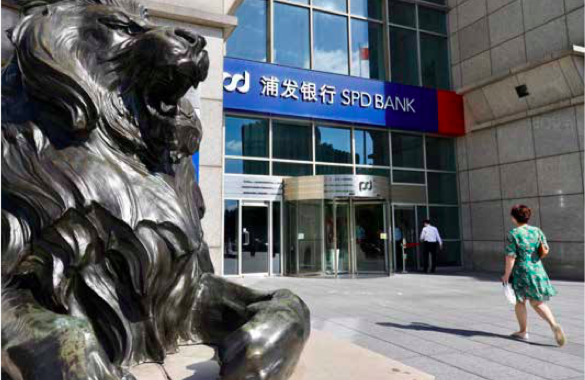That is indeed a major point of attention when governments all around the globe are stimulating investment and at the same time are giving banks incentives to lend more. In many euro countries savers still get a slightly positive interest rate on their savings whereas the market interest rates are negative and banks have to pay 0.5% when depositing money at the European Central Bank (ECB).
The risk is also with governments and companies that are heavily indebted. Today they pay a very low interest on their debt, but if one day interest rates go up again, they would see their budget balance or profits turn sour very quickly. Interest rates are often set by central banks linked to inflation. Consumer inflation is low, even very low asset inflation is quite high, reaching risky levels. Indeed, share prices are high in many countries. It is a tight balancing act.
Low or negative interest rates over a long period of time tend to dope asset prices and we may be nearing alarm levels, particularly if the lingering international trade war continues to depress worldwide economic growth for too long. It may sound strange, but one may
be kind of hoping for a slowing US economy so that the US authorities will ease their pressure on the international trade and investment system. Of course, the recent pressure has also worked on speeding up the necessary correction for some imbalances on that front, from reducing structural trade surpluses to solving or improving intellectual property right issues or regulations.
Still, negotiation and gradual approaches using the existing rules and bodies in place are to be favoured over unilateral shocks to the system. Shock therapy has a great risk of denting consumer confidence. Once that is gone it takes years to restore, and consumer spending is a very important part of the GDP in many countries. The last thing the world economy needs is to spiral into a recession or see widespread deflation (falling prices).
In conclusion, in principle there is no real issue with negative interest rates as long as savers keep on trusting the banking system and do not have to pay for keeping their money there rather than under their mattresses. Indeed, a run on the banking system is a guarantee of a crash. If the debt quality can be kept under control, as well as asset inflation, there are no real downsides to low or negative interest rates. However, if that situation continues for many years the risk is high. Then investors would think that prices can only go up and that investments can never turn sour. A recipe for a big crash.







